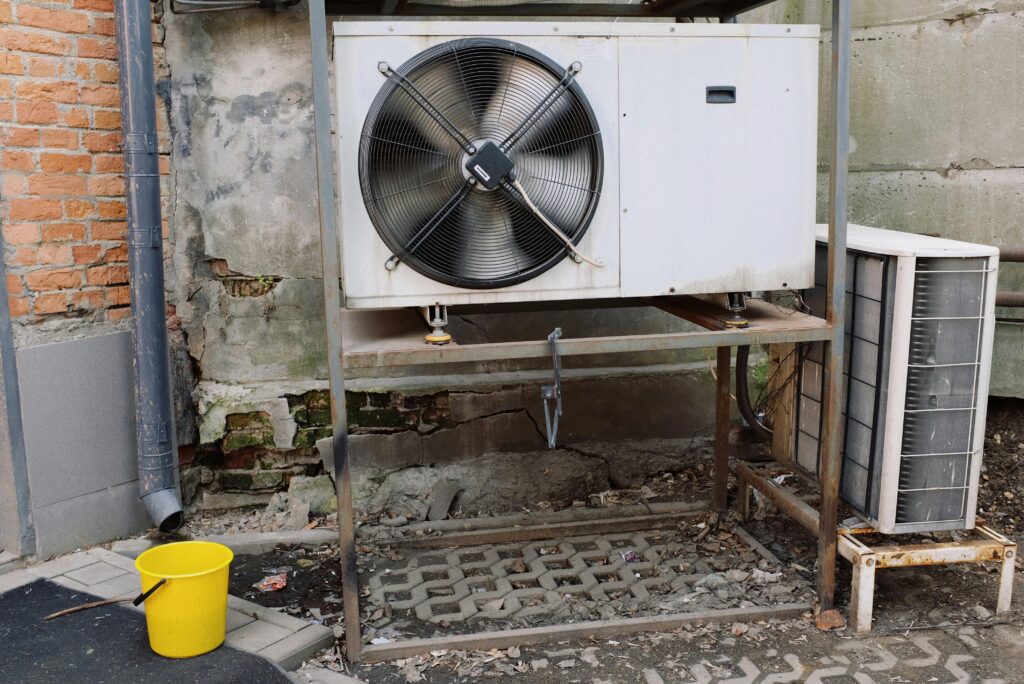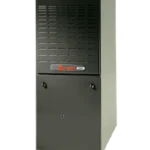
The HVAC (Heating, Ventilation, and Air Conditioning) system in your home is crucial for maintaining comfort throughout the year. However, similar to any mechanical system, it is susceptible to occasional issues. Having knowledge of common HVAC problems and their troubleshooting methods can save you time, money, and inconvenience. Let’s delve into some of these issues and the steps you can take to resolve them.
1. Insufficient Airflow:
A prevalent problem among homeowners is inadequate airflow from their HVAC system. This can result in weak airflow from vents or inconsistent heating and cooling across the residence.
Troubleshooting Techniques:
- Inspect Air Filters: Blocked or dirty air filters can impede airflow. It’s advisable to replace them regularly, typically every 1-3 months, depending on usage.
- Examine Vents: Ensure all vents are unobstructed by furniture or objects to facilitate airflow.
- Clean Ducts: Over time, dust and debris accumulation in ductwork can obstruct airflow. Scheduling professional duct cleaning can enhance airflow efficiency.
2. Thermostat Malfunctions:
A malfunctioning thermostat can lead to inaccurate temperature readings or failure to activate your HVAC system when necessary.
Troubleshooting Techniques:
- Verify Power Source: Confirm the thermostat has power. Replace batteries if needed or inspect the circuit breaker to ensure it hasn’t tripped.
- Calibrate Thermostat: If the thermostat displays inaccurate temperatures, it might require calibration. Consult the user manual or seek assistance from a professional.
- Consider Upgrading: Upgrading to a programmable or smart thermostat can offer improved temperature control and energy efficiency.
3. Unusual Noises:
Uncommon sounds emanating from your HVAC system could indicate various issues, ranging from loose components to mechanical deterioration.
Troubleshooting Techniques:
- Listen Attentively: Pay attention to the type of noise produced by your HVAC system. Rattling, banging, or squealing noises may signify specific problems.
- Inspect Components: Check for loose or damaged components such as fan blades, belts, or motor bearings. Tighten or replace them as necessary.
- Schedule Maintenance: Regular maintenance conducted by a qualified technician can prevent unusual noises by addressing minor issues before they escalate.
4. HVAC System Failure to Start:
If your HVAC system fails to activate when required, several factors such as electrical issues or component failures could be responsible.
Troubleshooting Techniques:
- Check Power Supply: Ensure the HVAC unit is receiving power. Verify the circuit breaker and reset if needed.
- Thermostat Inspection: Confirm the thermostat is set to the desired temperature and functioning correctly.
- Seek Professional Assistance: If basic troubleshooting fails to resolve the issue, it’s advisable to contact a licensed HVAC technician for diagnosis and repair.
Conclusion:
Familiarizing yourself with common HVAC problems and their troubleshooting methods can aid in maintaining a comfortable indoor environment and prolonging the lifespan of your HVAC system. Regular maintenance and timely resolution of issues can help you avoid costly repairs and ensure optimal performance throughout the year. If uncertain about troubleshooting or repairing your HVAC system independently, seeking professional assistance is recommended. Your comfort and safety are paramount.






